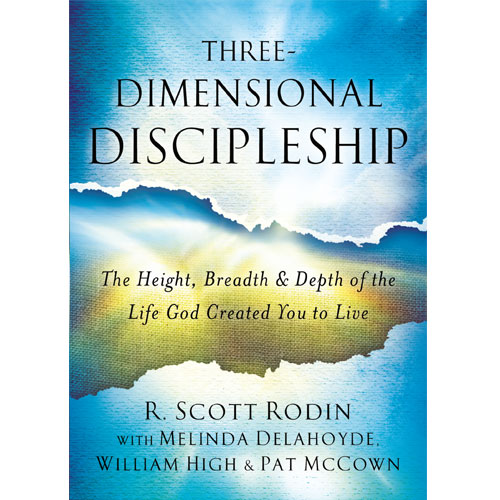TRANSITIONS AND MANAGING THE CHANGES
By Dr. Brian Simmons

Here is a biblical principle for transitions that is true on a personal and professional level.
“The Lord directs the steps of the godly. He delights in every detail of lives!” Psalm 37:23-4
Transition Defined
A transition is a change or shift from one state, subject, person, or place to another. To change is to make a difference or transform; transformation is a process, not an event. John Kotter, the seminal author on change, writes no business survives over the long term if it can’t reinvent itself. But, human nature being what it is, fundamental change is often resisted mightily by the people it most affects: those in the trenches of the business. Thus, leading change is both essential and incredibly difficult. Kouses and Posner, in their book The Leadership Challenge, write that the work of leaders is change. All change requires leaders to actively seek ways to improve things, grow, innovate, and improve.
Why Transitions Matter
First, times of transition signify change and may or may not signify growth and progress. Continuous improvement, change, and innovation are the driving forces for an organization committed to growth and success in both the present and the future. Change is about results! There is no neutrality in an organization. The “organizational flywheel” either moves forward or backward.
Additionally, from an organizational perspective, the transition is the space between one organizational season and another where significant changes often occur. And Major positive changes, from a managerial perspective, most frequently have their roots in past successes of former seasons!
And the change of seasons can be accompanied by a shift from one mindset to another. For example, as the CEO leadership transition occurs, an important organizational consideration is what the changes in mindset from the outgoing leader to the incoming leader look like and how these changes in mindset affect the organization moving forward.
Finally, and most importantly, leaders must stand firm on the organization’s DNA (overlap of mission, vision, and core values), especially during times of transition, holding fast to that which should not change or be allowed to drift. Concurrently, influential leaders must identify, embrace, and lead needed change.
Three Types of Change
The three types of change are crisis, reactive, and anticipatory. Crisis Change is needed when an organization’s survival is on the line. This type of change is the easiest to initiate because it may cease to exist if the organization refuses to change! Reactive change involves reacting to apparent signs and signals that change is needed. This type of change is the most common approach in organizations. Anticipatory Change is anticipating the need for change while things are going well. Initiating this type of change is hard initially because leading anticipatory change requires vision. Yet, anticipatory change presents the most significant opportunities and lowest cost if executed correctly because first-mover advantages are real, and the potential payoffs are enormous.
As the difficulty of change increases, the costs of change decline. Conversely, as cost increases, difficulty declines. The high cost of crisis change includes layoffs, closing offices, eliminating services, and damaging the organization’s reputation with stakeholders. So, the difficulty and costs of change along the anticipatory, reactive, and crisis change approaches are inversely related.
Bottom Line for Organizational Leaders
First, determine what change best characterizes your organization’s current season. Next, decide who your stakeholders are. Some stakeholders are more important than others, and a stakeholder analysis is integral to a thorough strategic planning process. The most important stakeholders on a power vs interest grid are the ones who have invested time, money, and other resources to ensure the organization’s success in fulfilling its mission over a long period.
Next, since implicit owners claim the organization, board members must consider their views and value propositions to decide what the organization ought and ought not to do. It is essential to determine the intent of the organization’s owners. Steward leaders serve God’s ultimate purposes and the purposes of their moral or implicit owners. All organizational stakeholders are implicit or moral owners, and the opinions of all stakeholders should be sought out and considered before decisions are made and significant changes are initiated.
So, in one word, LISTEN! Faithful steward leaders seek to fulfill the purposes of the owner(s) for all entrusted to their care because the key to organizational success is the satisfaction of key stakeholders.
Finally, work collaboratively to create a shared vision, setting the direction for the ongoing strategic plan focused on moving others onto your organization’s owner’s agenda!
Concluding Promise and a Prayer
“I will instruct thee and teach thee how thou shalt go. I will guide thee with my eye!”
Psalm 32:8
Lord, as organizational leaders, we want to go your way and do your will! So, we submit our wills to yours today and promise to do our best to move others onto your agenda.
Transitions and Managing the Changes was reposted with permission from Christian Leadership Alliance.
Dr. Brian S. Simmons is the Vice President CIU Global and Professor at Columbia International University. He exists as a visionary builder to further the kingdom of God through Christian education, teaching, and influencing others.





